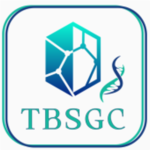Our key accomplishments
During the TBSGC program, we have achieved significant insights into the structural biology of Mtb. Further, we have leveraged these insights to probe the physiology of Mtb, with a focus on targets relevant to drug discovery that have led to new projects and collaborations.









